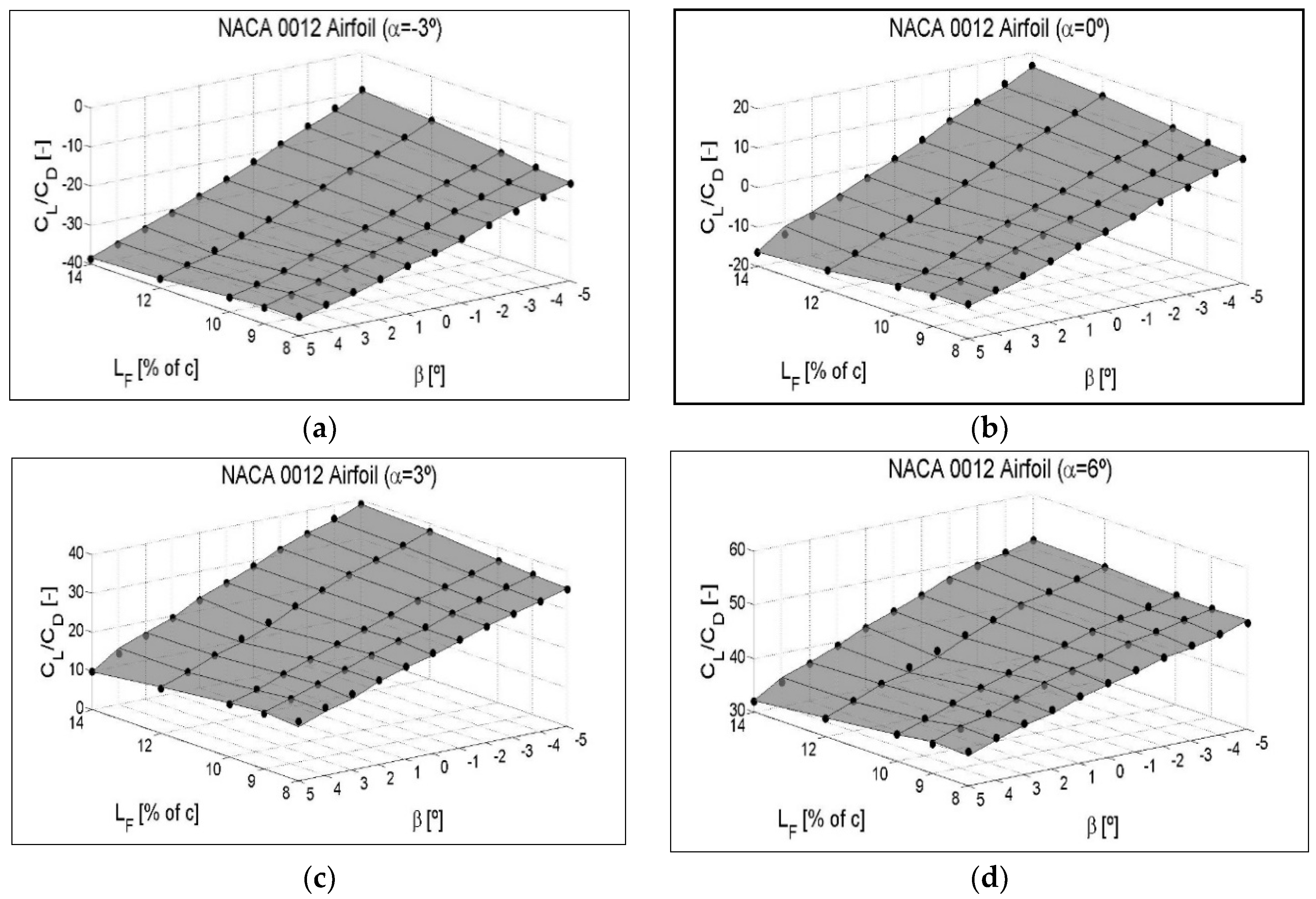

The physical model is considered to have the incompressible flow generated by the wind tunnel. Flow around the microcylinder which is nearer to the leading edge and the flow variation in trailing edge greatly influence the computational simulation. The initial grid count normal to the wall is set to be 100.The flow field parameters getvaried around the surface of the airfoil compared to the far field conditions which significantly provides the information regarding the flow. In the near boundary of the airfoil and microcylinder, the finer grids are used in order to getthe high accuracy flow field data in both streamline and wall-normal.The chord length of the NACA 4415 airfoil is c = 0.1 m, the computational domain extends 5c from the airfoil leading edge at 1c.Theunstructured mesh is generated around all solid surfaces. In this computational study, the adaptive grid was generated around the microcylinders and the airfoil. The baseline case without microcylinder is simulated and tested for the same Reynolds number for the comparison of the data. This computational study was done at the Reynolds number 3.5×105. The microcylinder is placed at 5mm in the negative x-axis and 5 mm in the positive y-axis near the leading edge of the airfoil. The two different dimensions of the microcylinder are 0.5 mm and 1mm. The chord of the airfoil is 0.1 m.By making the adjustmentsin the dimensions of the microcylinder, the flow field alterssignificantly. The span of the airfoil in the computational domain is 0.3 m and the ends of the airfoil model are closed by the walls in the computational domain which results in the absence of the wingtip vortices. TheNACA 4415 airfoil was chosen for this computational work. The other works related to passive flow such as vortex cylinders, square rods in front of bluff bodies were also done,to reduce the wake region. They found that the aerodynamic characteristics were improved while using oscillating microcylinder instead of a static microcylinder. Theyfoundthatnarrow spacing (s/c<0.01)and very less diameter ofthe cylinder(D/c=0.01) leads to a considerable decrease in lift coefficient.The stall separation region gets varied with different airfoils, spacing, and diameter of the cylinder.Another computational analysis on NREL S809 wind turbine airfoil at Re = 1Ã-106in the range of = 10Â☂4°by Xuyang Shi and et al. Menter's k- shear-stress transport (SST) model was also used for comparison. In that analysis, the RANS calculations and Spalart-Allmaras (SA) modelwere used. The need to know how well the enhancement of the aerodynamic characteristics can be achieved by the passive methods lies in the improvements in the efficiency of the aircraft.Some of the computational studies onpassive flow control are as follows.Computational analysis of the flow over the NACA 0012 at Re= 6Ã-106was done by Dahai Luo and et al. One of the ways for vitalizing the flow field so that it may be more attached with the airfoil in the downstream is by utilizing the diverse dimensions of microcylinders and placing them near the leading edge of the airfoil. So the passive way of energizing the flow around the airfoil is necessary which significantly alters the aerodynamic characteristics. The formation of a wake region in the suction surface of airfoil when it pitches up to higher angles of attack is the highly unavoidable situation. Several studies and methods are stillunder development to improve the aerodynamic efficiency of the airfoil, which is primarily used in aircraft wings, wind turbine blades and so on. Keywords : Micro cylinder, passive flow control, stall delay The result shows that the increase in the diameter of the microcylinder delays the stall phenomenon by reducing the separation region in the range of 15° to 25°.

The physical model of the problem was solved by Reynolds Averaged Navier Stokes Equation(RANS) and turbulence model was generated with standard k (2 equations) turbulence model.The airfoil section was simulated with and without (baseline model) microcylinder along with two variations of diameter. The computational study of the flow over theNACA 4415 airfoil section with the microcylinders placed, upstream of the leading edge at the Re= 3.3 Ã-105 wasinvestigated. Turbulence & Flow control Lab, School of Mechanical Engineering, SASTRA Deemed University.Ībstract:- The effect of passive flow control methods is widely studied and investigated due to its slight variation in the geometrical parameterswith significant improvement in the aerodynamic efficiency. Flow Control Over the NACA 4415 Airfoil using Micro Cylinder- A Computational Study


 0 kommentar(er)
0 kommentar(er)
